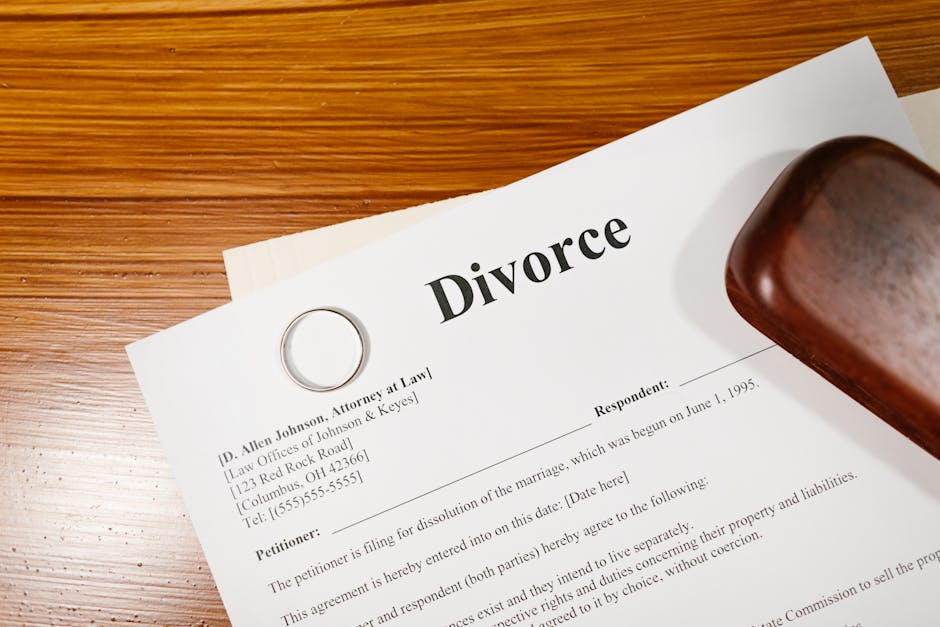Definition of Product Liability
Definition of Product Liability
Blog Article

Understanding product liability is crucial for consumers and manufacturers alike. It serves as a foundation for ensuring safety and accountability in the marketplace. This article will delve into the definition of product liability, the common types of cases that arise, the steps to pursue one, and how to find the right legal representation.
Definition of Product Liability
Product liability refers to the legal responsibility of manufacturers, distributors, and retailers to ensure that their products are safe for consumer use. When a product causes injury or harm due to defects in design, manufacturing, or marketing, those responsible may be held liable. This area of law is essential for consumer protection, as it helps to prevent unsafe products from reaching the market and provides recourse for individuals harmed by such products.
Common Types of Product Liability Cases
There are three primary categories of product liability cases: design defects, manufacturing defects, and marketing defects. Each presents unique challenges and illustrates the importance of accountability in product safety.
Design Defects
Design defects occur when a product is inherently unsafe due to its design, even if it is manufactured perfectly. An example of this might be a car model that does not account for proper crash safety features, leading to a higher risk of injury in accidents. Consumers injured by such products may have valid grounds for pursuing legal cases related to product liability.
Manufacturing Defects
Manufacturing defects arise during the production process. This type of defect typically affects only a small number of products in a larger batch. For instance, if a batch of toys contains small parts that were not intended to be included, and a child chokes on one, the manufacturer could be held liable for the injury. These cases often require demonstrating that the product deviated from its intended design and that this deviation caused harm.
Marketing Defects
Marketing defects, also known as failure to warn, occur when a product does not come with adequate instructions or warnings about its use. For example, if a medication has severe side effects that are not disclosed, and a consumer suffers harm as a result, the manufacturer may be liable. In such cases, it must be proven that the lack of proper information contributed to the injury.
Steps to Pursue a Product Liability Case
Individuals considering action for product liability should follow a structured approach. Here are the critical steps to pursue such a case:
1. Gather Evidence
The first step is to collect all relevant evidence related to the product and the incident. This includes photographs of the product, medical records, receipts, and any other documentation that supports the claim. Witness statements can also be valuable in substantiating the case.
2. Consult with Legal Experts
Engaging an attorney experienced in product liability cases is crucial. They can provide guidance on the viability of the case, help navigate legal complexities, and ensure that the rights of the injured party are protected. An attorney can also assist in determining the appropriate jurisdiction and legal procedures necessary for the case.
3. File a Complaint
Once the evidence is gathered and legal representation is secured, the next step is to file a formal complaint. This document outlines the plaintiff's claims and the basis for the lawsuit. Following this, the defendant will have an opportunity to respond, and the case can progress through the legal system.
4. Discovery Process
The discovery phase involves both parties exchanging information and evidence relevant to the case. This step is critical for building a strong argument and may include depositions, interrogatories, and requests for documents.
5. Negotiation and Resolution
Many product liability cases are settled before reaching trial. Negotiations can lead to a resolution that compensates the injured party without the need for a lengthy court process. If a settlement cannot be reached, the case may proceed to trial.
Finding Legal Representation
Choosing the right attorney is vital for successfully navigating product liability cases. Look for lawyers who specialize in this area and have a proven track record of handling similar cases. Reviews and referrals can also guide you in finding the right legal support.
In conclusion, understanding product liability cases and their implications is essential for both consumers and manufacturers. By being informed about the types of defects, the steps to pursue a claim, and how to secure legal representation, individuals can protect their rights and hold responsible parties accountable for unsafe products. For further information on navigating product liability cases, consider consulting with a professional legal team.
Learn more about product liability cases. Report this page